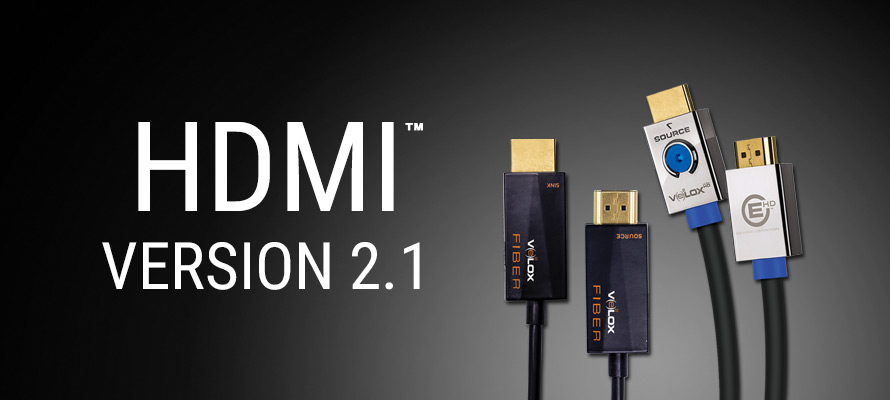CEDIA Expo 2019 New Product Preview
Wednesday, September 11, 2019 1:58:00 PM America/New_York

The Metra Home Tech Team discusses everything from HDMI 2.1 to new products launching at the 2019 CEDIA Expo. From fiber termination to HDMI extenders, splitters and matrixes, get a sneak preview of what you will see at the show.
EDID and HDMI®: What Every Integrator Should Know
Friday, April 19, 2019 2:00:00 PM America/New_York

Every custom integrator will encounter problems between HDMI enabled devices that are ultimately caused by EDID. Understanding what EDID is and how it will impact your system will give you a step up in the field when it comes to diagnosing and fixing EDID related errors. Read our latest blog post to learn more.
Questions Every Integrator is Asking About HDMI 2.1
Thursday, March 30, 2017 6:30:25 PM America/New_York

The announcement of HDMI™ 2.1 being released in the near future has raised many questions among custom integrators, and rightly so. As technology changes faster than most of us can even keep up with, changes in HDMI specs could results in outdated accessories or systems.
Since the initial announcement about the jump to 48 Gbps made one day before CES 2017 opened, the final details of this new spec are set to be announced this spring, with products potentially being shipped late 2017 or early 2018. Are you ready for this change? Metra Home Theater Group’s Brent McCall takes us through the top questions (and answers) that every integrator is asking about HDMI 2.1.
What does HDMI 2.1 change from the 2.0 version?
From what we know so far, the HDMI terminal will not change but the data rate will increase quite a bit. In a nutshell, it will allow for a much higher bandwidth, from 18Gbps to 48Gbps, in preparation for higher resolutions of content. Specs are still being finalized, so more information should be coming soon.
Part 6 of 6 - Construction of a HDMI Cable: Testing Procedures
Tuesday, October 27, 2015 7:59:41 PM America/New_York
If you have made it this far in the series you have seen how important each part of the cable is at least in our option. The real question is, how can this be validated as truth and not just be set aside as the ramblings of a PR/Marketing department?
Let us return for a moment to a contributing factor in what triggered this series, Still More Reasons Why All HDMI® Cable Are The Same and "4K HDMI Cables Are Nonsense". The issue here for us is the testing methodology, all that was done to verify the quality of a given cable was (A) borrow a tone generator/scope and sweep/Eye pattern test one channel at a time of the three video channels and (B) plug the cables in between a source and a display. This is not a good or accurate way to test as timing of the 3 channels together is critical and without this concurrent channel testing results will be skewed.
So, how can you know if a cable is worth a damn? DPL testing that’s how.
Part 5 of 6 - Construction of a HDMI Cable: Termination
Tuesday, October 20, 2015 8:17:23 PM America/New_York
In the previous installments of this series, we have discussed everything needed for the best performing HDMI® cable and to improve overall performance in a system. With that being said without the proper termination quality parts will mean nothing and the cable will not provide top performance.
It is very important to control the heat, silver content, quantity and flow of the solder. Less is more in this application and of course “Cleanliness is next to Godliness”. Extra solder closes the gaps between the connection points and that can/will create its own RF field. To add insult to injury, when it comes to the soldering process ROHS (Federal Lead standards) has mandated that lead be mostly removed from solder for safety reason. Unfortunately this means that solder most be applied at a higher temperature for it to flow. Higher temps mean a greater chance of thermal damage to any board level components.











